How to make glowing paint at home?
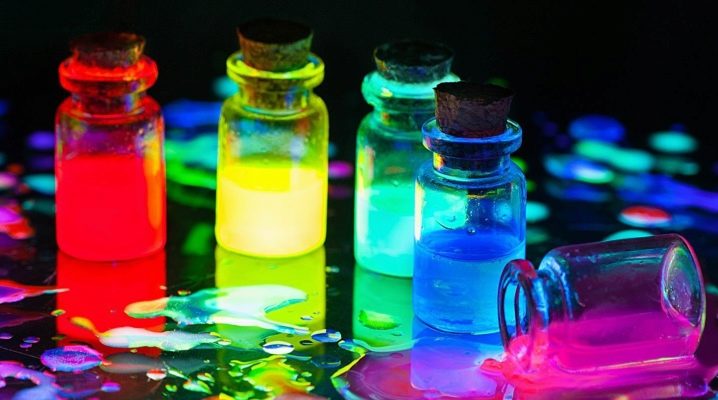
The most common request from people who want to transform their space and are thinking about redecorating is glowing paint. Many have heard about what it is, and actively use it in their homes.
It is applied to walls, ceilings or things in the interior, adding personality to your home. So, during the day the room looks normal, and at night it turns into a real fairy-tale house with stars on the ceiling or beautiful flowers located on the walls.

Advantages
The paint has a number of advantages: it is durable, easy to maintain and easy to apply, and the effect is stunning. This is a great alternative to night lights. It is economical: the paint gains energy from daylight, and at night gives it back and thus glows.
It is especially popular when used in children's rooms., because this is how you can create coziness, a sense of comfort and security. Children, as a rule, are afraid of the dark, and with beautiful luminous patterns it is easier for them to fall asleep, they feel calm.
Considering various drawings, the child calms down and falls asleep faster, which has a great effect on his imagination and the development of creative abilities.
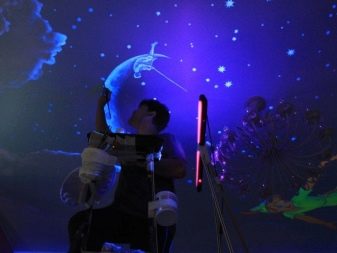
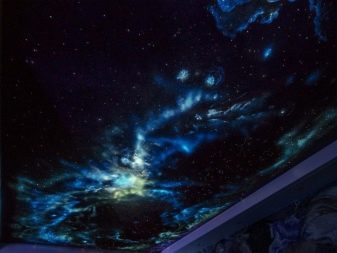
This paint is popular not only in construction, but also in various types of creativity - whether it is creating face painting or decorating various objects.
This will add a touch of magic to any item or process.
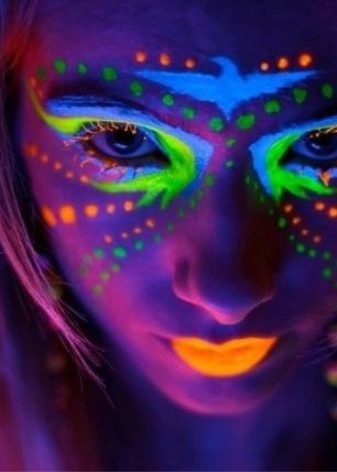
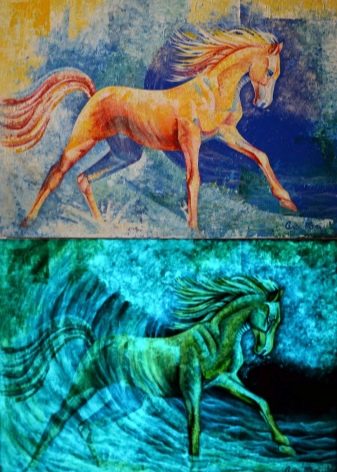
What kind of wonder paint?
The paint, which will transform any object due to the glow, is of two types - luminescent (also called phosphor) and fluorescent. Very often they are confused, making a big mistake.
Consider the characteristics that distinguish them:
- Fluorescent paint is capable of glowing only under the direct influence of ultraviolet rays, which is why it requires special lamps.
- Luminescent paint is capable of glowing itself.
It is the latter that will now be discussed - this is the easiest way to transform space. No additional sources are required.
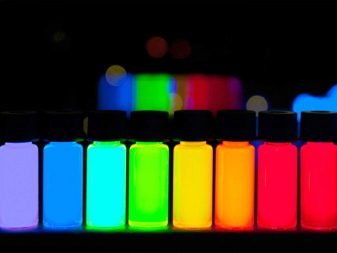

Functioning
The name of the paint comes from the word "luminescence", which means the ability of a special substance to glow due to its own energy. For this process, special pigments are responsible, which are called "luminophores". It is they who accumulate energy in themselves in the daytime from the sun or from artificial lighting, and at night they delight our eyes with their radiance.
This process of receiving light during the day and giving back at night is like a "perpetual motion machine", it can work for many years. All that is required is to apply paint to the surface, and then the processes are activated independently.
Interestingly, energy is generated not only from bright sunlight, but also from any other source (flashlight, lamp, moonlight).

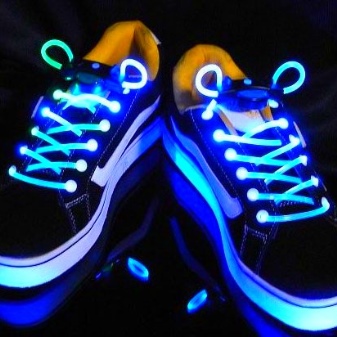
As for the duration of action, 15 minutes of "recharging" with an artificial light source gives energy for 10 hours of work in the dark with a gradual decrease in brightness.
Phosphor is a stable substance both physically and chemically, able to hold out on the facade of the building for more than 30 years, what can we say about the internal surfaces. You can adjust the brightness of the glow yourself by increasing or decreasing the concentration of pigments.
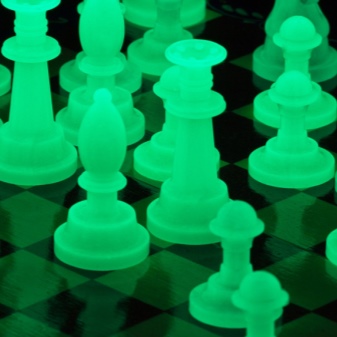
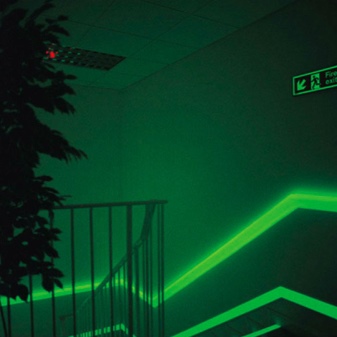
The choice of paint type between fluorescent and fluorescent is yours.In principle, they are similar, differ only in the independence of the glow. Please note that the latter contain phosphorus, which is dangerous to human health. If you use them, then only for work outside the building. Phosphor materials are almost completely safe.

Why is it needed?
Such paint is in demand in the decor of rooms, interior elements or even wardrobe - you just need to apply it to the surface. In addition to the already known phosphor, it includes a transparent varnish. He is the basis of the material. Depending on its properties, there are paints for any surface - be it wallpaper, metal or plastic, ceramics or glass, wood or plaster - there are many options.
Luminescent paint is actively used in the following areas:
- when painting the inner coating;
- when decorating individual interior items;
- in clothing (professional clothing, wardrobe decoration);
- in road markings;
- in improving cars;
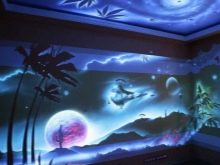

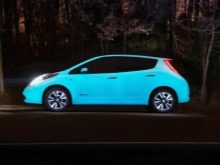
- in the manufacture of advertising and decorative products (souvenirs, photos, mugs, T-shirts, key rings, badges, magnets);
- in the show industry (screens for light performances);
- in the beauty industry (nail polish, pigment shadows);
- in creativity (to create decoupage, glowing sand, stones, paintings, jewelry and gifts).
Moreover, this composition can be applied even to fresh flowers or to the face when applying face painting. Imagine what kind of a platform for creativity it is.

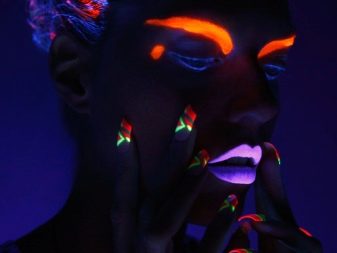
Main types
All coloring formulations are divided into two categories:
- Colorless paints, which are produced on the basis of a completely colorless varnish. They can be safely applied over any pattern on the subject.
- Colored - paints that contain an additional coloring pigment, such as a color scheme. During the day they cannot be distinguished from ordinary paint, but at night they appear and begin to glow.

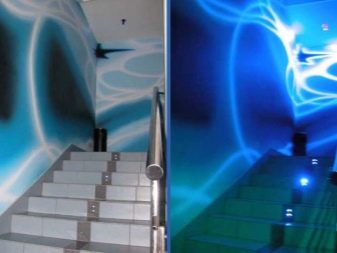
In addition, other types of paints are distinguished depending on the properties and characteristics:
- Acrylic emulsions. They are completely safe and dry quickly. They can be used both in floristry and when applying makeup.
- Polyurethane mineral enamels. They are mainly used for plastics.
- Heat resistant paints - can be heated up to 500 degrees, so they are suitable for both glass and metal.
- Waterproof paints - create a special waterproof film, due to which they are actively used in bathrooms and swimming pools.
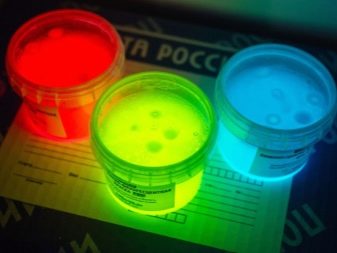
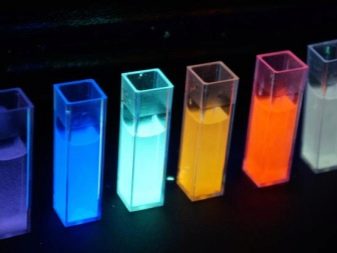
How to do it yourself?
You don't have to rush to the store to get glowing paint. We can create it ourselves. There are two options - you can prepare paint either from a ready-made phosphor or completely from scratch. Let's start with the first option.
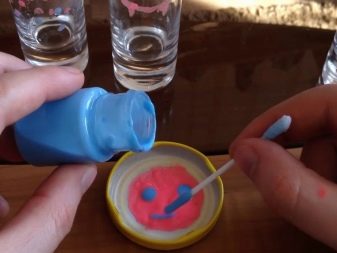
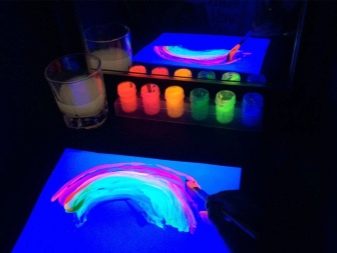
Manufacturing from phosphor
You can buy a phosphor in a hardware store or order it on the Internet. It is not cheap, but very little is needed: 100 g of the substance can paint 8 square meters of the surface. Basically, the price depends only on the chosen color. Light pigments (beige, light green) are slightly cheaper, and brighter ones (blue, green) are more expensive.
It is also worth remembering that the varnish must be selected for the surface that we will paint.

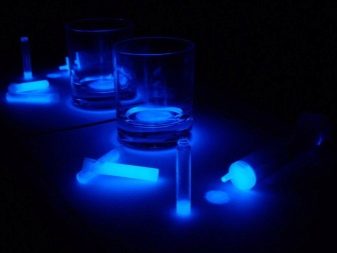
Paint preparation method:
- Pour the varnish into a container.
- We add phosphor powder based on the proportion of 70% varnish to 30% coloring pigment.
- Do not forget to add a solvent - no more than 1%.
- Mix the mass thoroughly.
- If necessary, add a color scheme to give us the shade we need.
The finished paint can be safely used and stored in the same way as varnishes of this type.
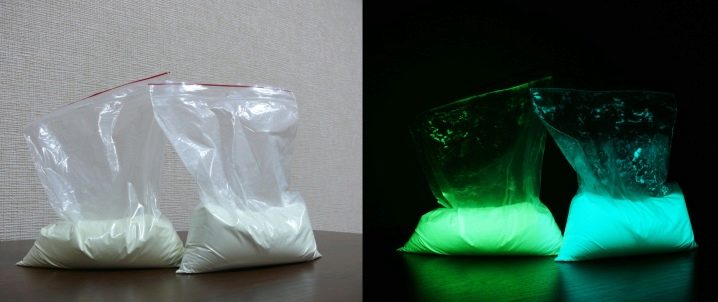
Making fluorescent paint from scratch
If you have not found the desired shade of phosphor, or if you want to conduct an independent experiment, you should be patient. The process will be more complicated and time consuming. You will need to make more effort, time, and also find special reagents. But the result will not be long in coming.
Here, the main component will be coniferous extract, depending on its concentration, we will get the desired glow effect.
To create paint we need:
- heat-resistant dishes with a wide bottom;
- coniferous extract;
- boric acid.
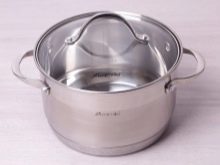
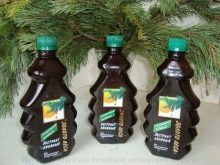

Method of making at home:
- In a separate container, dilute the coniferous concentrate with water in a ratio of 1: 50. The resulting solution should be yellow.
- Pour 3 g of boric acid into a heat-resistant dish.
- We drip 10 drops of the resulting coniferous solution into the powder.
- Thoroughly mix the resulting mixture and distribute over the day of the dishes so that the layer is no thicker than 4 mm.
- We put the dishes on the stove and turn on a small fire.
- The water will begin to evaporate, and the mixture will melt, and small bubbles will appear on the surface - we pierce them.
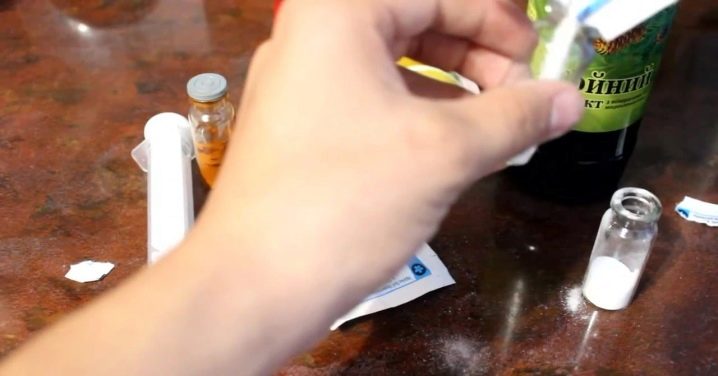
- After the mixture has completely melted, remove it from the heat and leave it to cool completely at room temperature.
- Grind the frozen crust into powder - this is the resulting phosphor. We mix it with varnish and solvent according to the recipe given above.
As you can see, it is not very difficult to make glowing paint yourself, the main thing is desire and diligence.
Luminescent paint - an easy way to change a boring design, update the thing and bring about a change. Moreover, it is a modern and unusual way of self-expression, perfect for creativity, decorative and other needs.
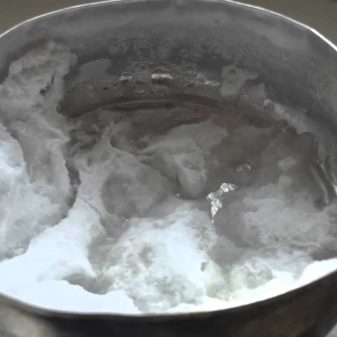
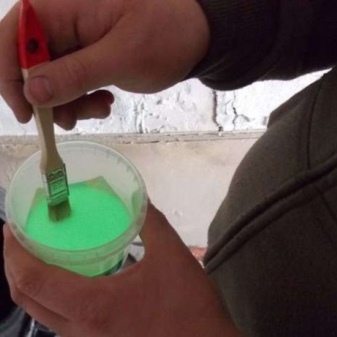
For information on how to make glowing paint at home using a new recipe, see the next video.













The comment was sent successfully.